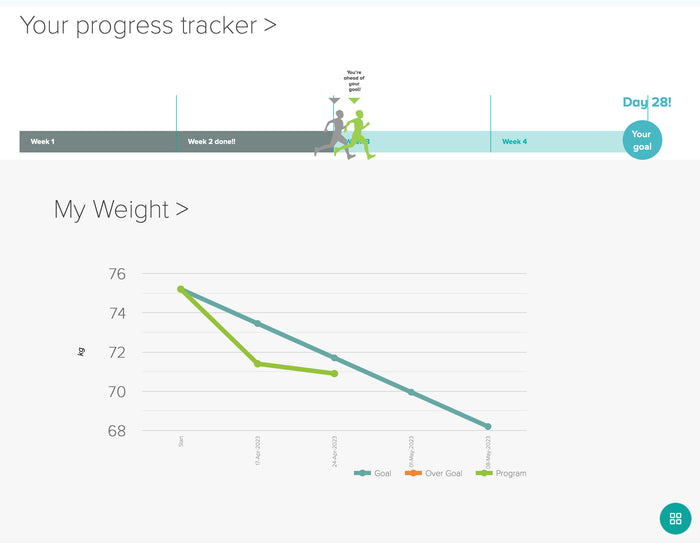Next time you throw your arms around your special someone and inadvertently find a roll of fat on your travels, it’s time to do a quick checklist.
Not all fat is equal. There are many different types of fat distribution and the one that sends alarm bells and a rush to Hot Doc is when they fail the pinch test.
Most people are more disturbed at being able to hold and pinch their fat. That’s the subcutaneous fat women commonly find on their buttocks and thighs, or maybe a tummy roll but it’s really the more insidious, hard fat that is the greater threat and this forms around the waist.
This is the thick, hard, visceral fat that can be found around the trunk. Some don’t even know it’s there because it lays under the muscle wall, forming around the internal organs.
The more you have, the less healthy you will be.
A new Oxford University study measured the waistlines of 428,000 middle-aged adults, comparing it with their heart health over a 13-year period. They found that every inch around the waistline increases the risk of heart failure by about 10 per cent.
But carrying too much visceral fat will impact your entire body. It will produce more hormones which, for men, can lower testosterone often resulting in depression and muscle loss. For women, it will push oestrogen levels through the roof, increasing the risk of the hormone-related cancers such as breast and ovarian cancer.
In women, this typically presents as a thickening waist which they believe is part of being post-menopausal but that doesn’t have to be the case. It’s just oestrogen-driven fat storage and it tends to store at the waist. In younger years it may have found its way to the thighs and bottom but it presents more health challenges at the waist.
For both men and women, excessive visceral fat will also increase insulin resistance or metabolic disfunction.
This is the most dangerous type of fat but luckily a simple tape measure will provide a great insight into the state of your health and what may really be happening inside your body. Women’s waists shouldn’t exceed 80cm and 94cm for men. If it does exceed that measurement, you’re at a higher risk of a range of diseases.
Being able to pinch some of the subcutaneous fat isn’t great either but that visceral fat is a sign that something has to change. Urgently.
























